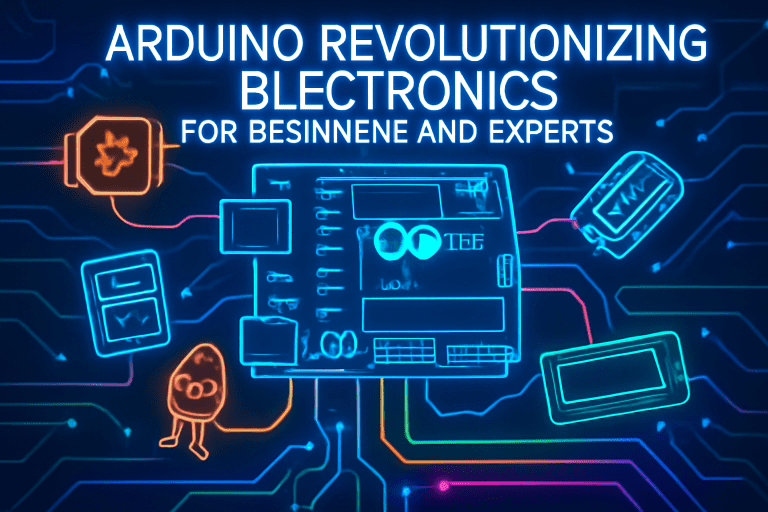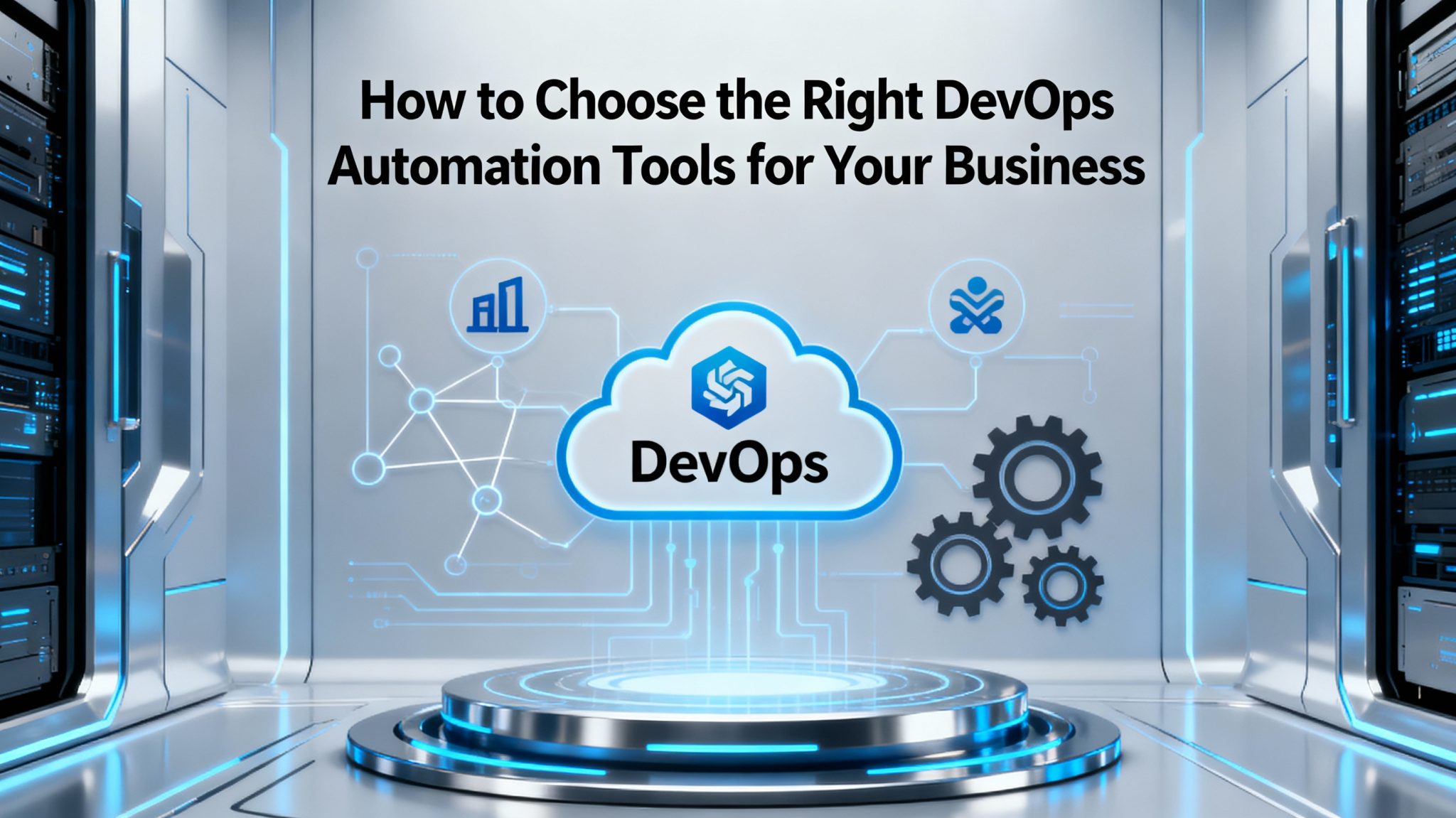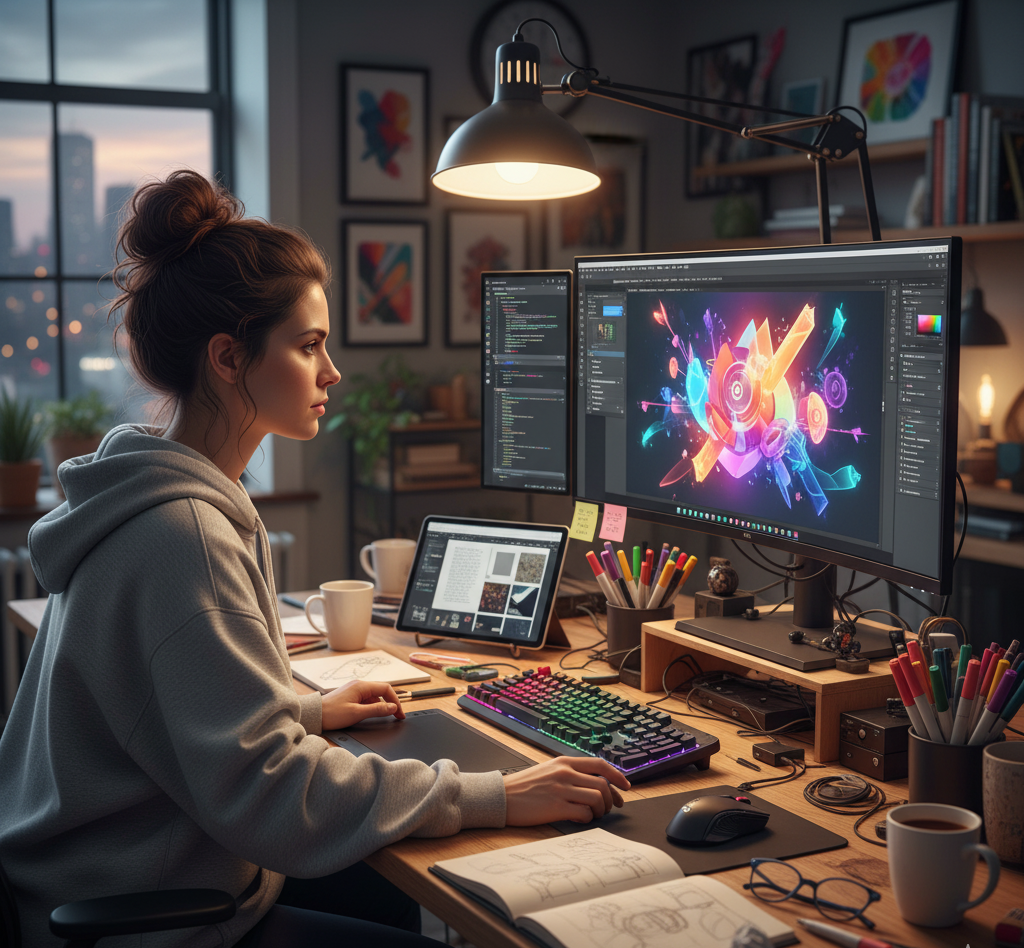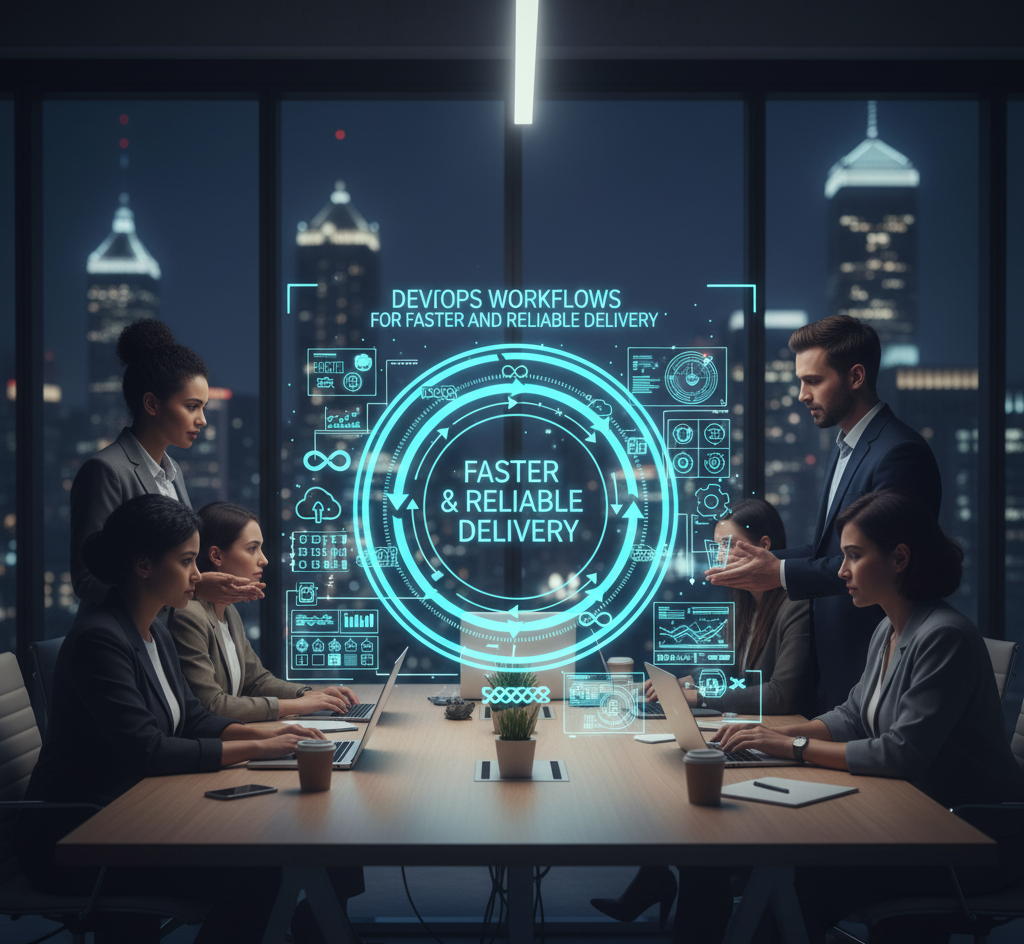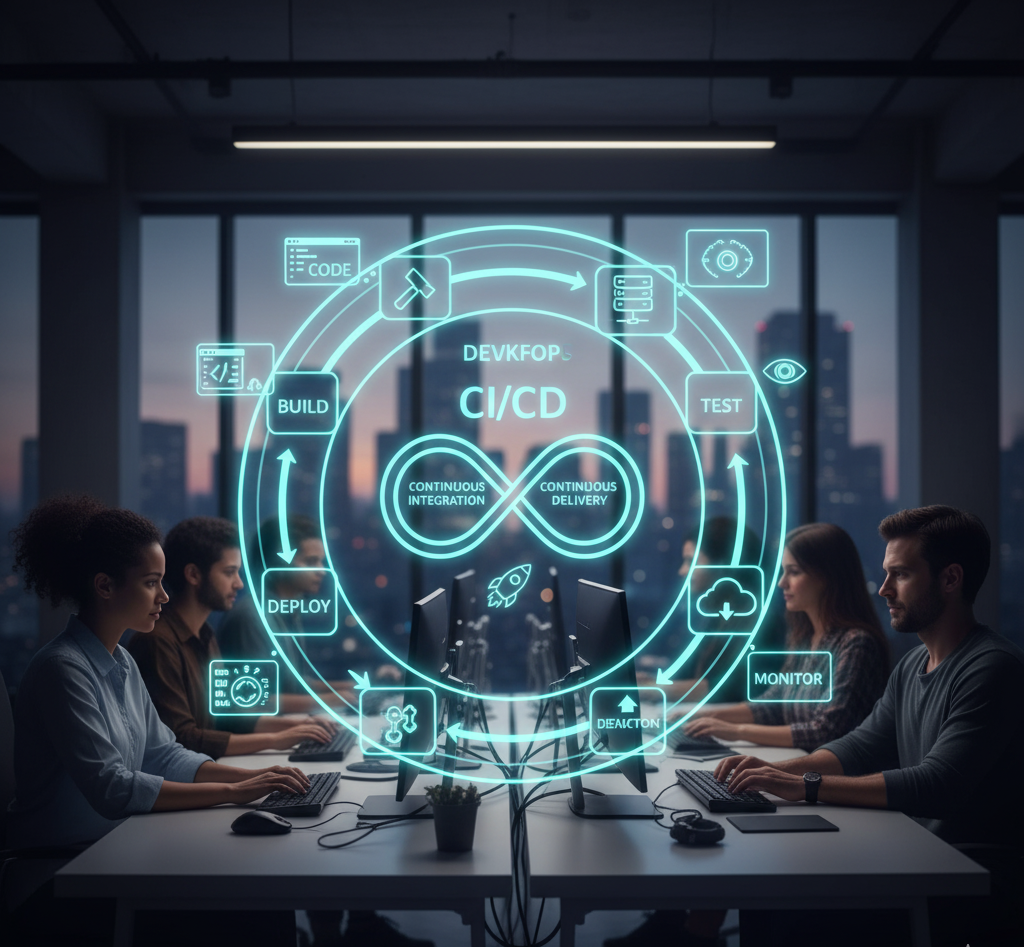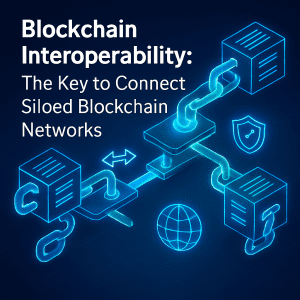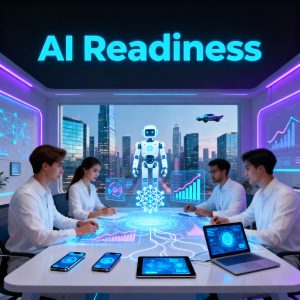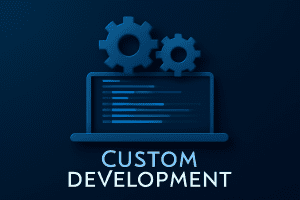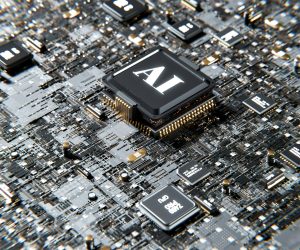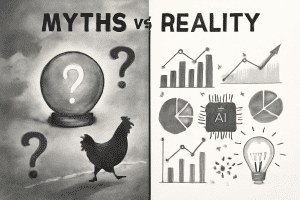Introduction
Arduino has transformed the world of electronics. What began as a modest educational tool in 2005 is now an open-source global standard—democratizing hands-on electronics and coding for everyone from first-time hobbyists to professional engineers. This blog explores how Arduino serves as both a launchpad for beginners and a powerful platform for experts, reshaping how we invent, learn, and innovate.
What is Arduino?
Arduino is an open-source electronics platform combining easy-to-use hardware (microcontroller boards) with a streamlined coding environment. It allows users to control sensors, lights, motors, and nearly any electronic device—making interactive projects possible for all skill levels.
Why Arduino is a Game-Changer
For Beginners
-
Accessibility: Beginner-friendly boards like the Arduino Uno cost little, set up quickly, and have a huge base of tutorials and support.
-
Simple Programming: The Arduino IDE uses a straightforward version of C++ that’s easy to learn, even with no background in coding.
-
Plug-and-Play: Input/output pins and widespread compatibility with sensors and modules mean early projects require minimal wiring or soldering.
-
Community Support: A vibrant online community provides shared code, troubleshooting forums, and detailed how-tos—accelerating the learning curve.
For Experts
-
Rapid Prototyping: Seasoned engineers and product developers use Arduino boards to quickly test ideas, iterate on hardware, and build proof-of-concept models without reinventing the wheel.
-
Customizability: Open-source hardware and firmware invite deep customization, from industrial automation to creative art installations.
-
Professional Integration: Arduino is pivotal in IoT (Internet of Things), robotics, smart agriculture, and research, sometimes even powering commercial and industrial products.
-
Advanced Features: Specialized boards (e.g., Arduino Due, Nano, Portenta) offer more speed, memory, and connectivity for demanding projects.
Real-World Impact: Applications
| Field | Beginner Projects | Advanced/Expert Projects |
|---|---|---|
| Education | LED blinkers, basic sensors, traffic lights | Robotics, data loggers, education kits |
| Home Automation | Light/temperature automation | Full-scale smart home systems |
| Robotics | Line-following robots, toy cars | Drones, autonomous vehicles, robotic arms |
| IoT & Connectivity | Weather stations, basic data logging | Industrial monitoring, smart agriculture |
| Art & Design | Sound-reactive LEDs, simple displays | Complex kinetic sculptures, smart wearables |
| Environmental Science | Air quality sensors, noise meter | Real-time wildlife and resource tracking |
How Arduino Empowers Different Audiences
Education Revolution
-
Schools and universities worldwide use Arduino to teach electronics, physics, and programming hands-on—bridging the gap between theory and real-world problem-solving.
Maker and DIY Movement
-
Hobbyists, tinkerers, and inventors can realize almost any idea—from automating a plant-watering system to designing custom musical instruments—fueling the global Maker Movement.
Professional Prototyping and Industry
-
Startups and research teams use Arduino to validate concepts quickly, making innovation more affordable and accessible even for small enterprises or independent inventors.
Why Arduino Works for Both Beginners and Experts
-
Open Source DNA: Anyone can study, modify, and manufacture Arduino boards or software.
-
Scalability: Start simple and grow into complex multi-board or networked systems as your skills increase.
-
Massive Ecosystem: Hundreds of add-on shields (boards for networking, motor control, and wireless) expand projects without deep technical knowledge.
Frequently Asked Questions (FAQ)
Why has Arduino become more popular than other platforms?
It balances accessibility, cost, and capability, with a strong global community and open-source ethos.
Is Arduino only for students and hobbyists?
Not at all—professionals and large companies use Arduino for fast prototyping, process automation, and sometimes even in final products.
Can Arduino handle modern tech needs like IoT or AI?
Yes. Modern boards support wireless communication, data logging, and integration with AI or cloud services, making them fit for contemporary demands.
Are there limitations to Arduino?
Boards have limited memory and processing power compared to full computers. For demanding tasks (like real-time image processing), more powerful platforms may be better—but for most electronics projects, Arduino is more than enough.
Conclusion
Arduino isn’t just a tool—it’s a revolution in how we approach technology. It has torn down entry barriers in electronics for newcomers and provided seasoned experts with a nimble platform for bold innovation. Beginners can get started with an LED blink; experts can build robots, IoT systems, and industrial automation—often within the same ecosystem. As electronics becomes a universal language, Arduino ensures everyone can speak it.
